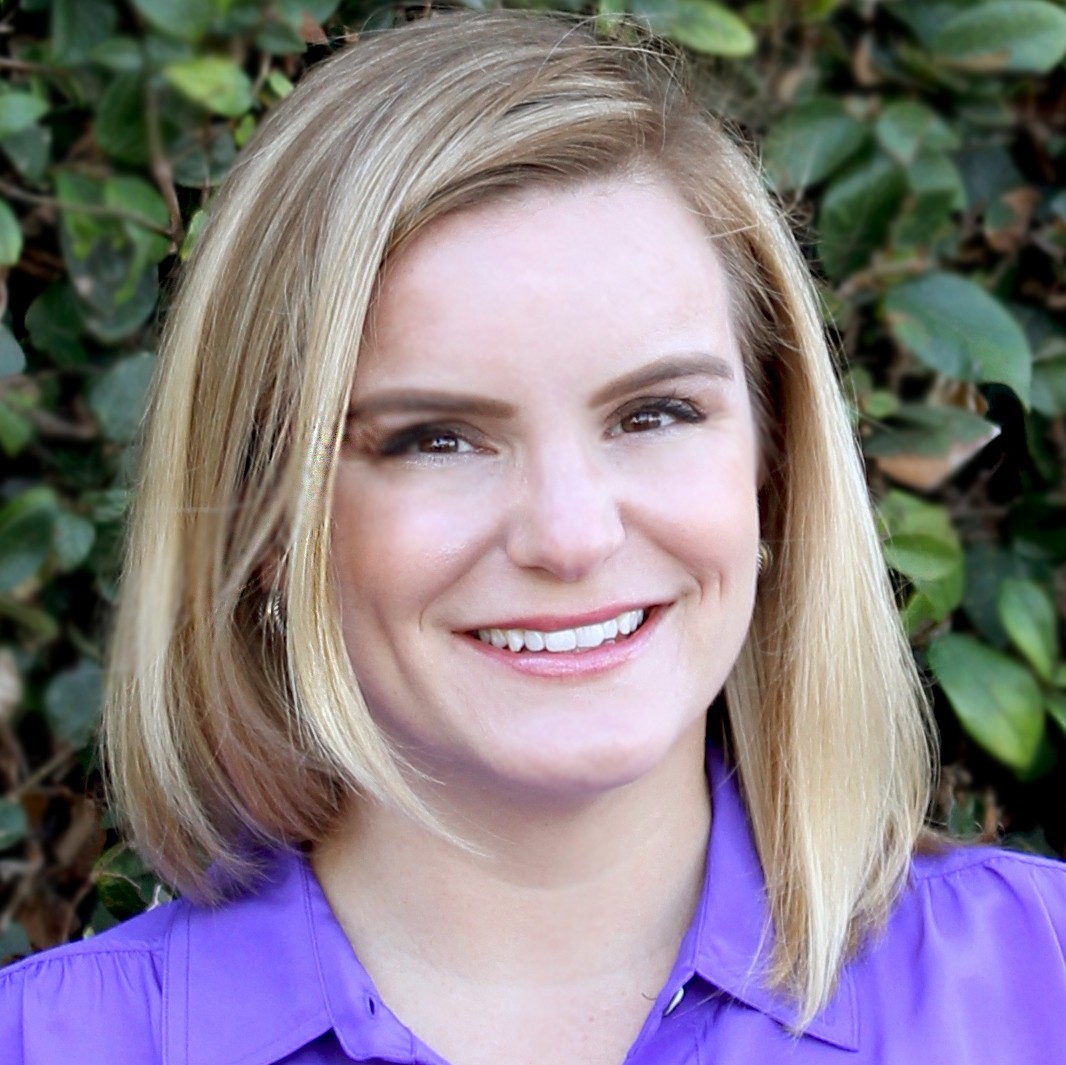Retaining Talent in Home Healthcare
The churn in the home health provider workforce is one of the biggest challenges for most healthcare organizations. According to the Home Care Benchmarking Study, the industry experienced 82% turnover in 2018.
Aside from the cost implications of such high turnover, there is another factor to consider: how turnover impacts the patient relationship. Patients are looking for providers who listen, build a relationship, and are available to them. It’s reported that 85% of patients say that having a provider who listens is one of the most important things they want from their health care. Additionally, 47% of patients care deeply about having convenient and quick access to care when they need it. When patients are unable to establish that provider-patient relationship, it affects not just patient satisfaction but also quality of care.
With patient outcomes and cost efficiency on the line, it’s crucial for home health organizations to understand the best ways to attract, motivate, and retain their workforce.
The State of Home Healthcare
The home healthcare segment is growing at an outstanding rate today. One of the key factors is the rising proportion of the population that is 65 years or older, an age category that represents the major share of the home healthcare client base. Between 2015 and 2050, the older population is expected to double worldwide. And it will happen within 20 years in some individual countries—something that has never happened in such a short timeframe.
This begs the question: is there a sufficient supply of medical practitioners and healthcare workers to service this increasing number of clients?
The short answer is “no.” Reports estimate there will be a shortfall of 446,300 home health aides, 95,000 nursing assistants, 98,700 lab technicians, and 29,400 nursing practitioners by 2025 in the U.S. alone. Even as providers try to bridge this gap through recruitment and other means, they have the additional challenge of retaining their existing talent pool.
The expectations of home healthcare services are much different now than in previous decades. Slick and efficient B2C services, such as Amazon and Netflix, have normalized high-quality customer experiences and on-demand, personalized service. Hence, home health organizations are expected to perform with the same efficiency and quality as their peers in other industries.
Many in the healthcare industry, unfortunately, have been slow in keeping pace with these changes. Most technology solutions focus on compliance adherence, but the need of the hour is to provide the sophisticated experience that home healthcare providers and patients seek. Leading home healthcare providers are looking beyond the tools traditionally offered to their industry to get ahead.
Let’s look at Easterseals Bay Area, which achieved this objective by leveraging modern healthcare technology solutions.
Improved Care Management and Clinician Engagement with Mobile Workforce Management
Easterseals Bay Area (ESBA) provides services, such as behavioral and occupational therapy, as well as day care and in-home care support for children, adults, and families with special needs. In 2012, when the California Autism Insurance Law took effect, the number of patients who sought behavioral health services went up significantly, leading to ESBA clocking a million treatment hours annually by 2017.
The growing client base led to a couple of key challenges in managing their workforce.
Challenge #1: Catering to an Increasingly Mobile Workforce
Easterseals Bay Area serves children and families by going to their homes. Seventy percent of its workforce offers direct clinical services and are predominantly mobile. These are caregivers and medical practitioners who worked with patients in their homes and communities.
And additional 20% of its workforce performs supervisory activities, such as oversight and assessments, and this group is partially mobile, splitting time between the office and clients’ homes. The remaining 10% contribute to administrative activities and work from the office.
The diversity of activities done by the ESBA workforce, along with the increasing number of employees who were mobile, made overall workforce management quite complicated.
Challenge #2: Balancing Priorities and Needs of Multiple Stakeholders
Easterseals Bay Area must balance the needs of its three key stakeholders—clients, practitioners, and the organization itself. The client families are frequently dealing with the stress of challenging diagnosis for their loved one, and therefore have a need for coaching, flexible scheduling, and a perfect match to the right type of treatment program.
On the other end, the nonprofit organization is cost-conscious, exploring ways to continue providing high levels of services at lower costs. And then, there were the practitioners in the middle, whose needs had to be taken care of, as well. They also had to be matched with the right type of client, based on their expertise, and have their work hours optimized to help keep them engaged.
Solution: Leveraging Mobile Workforce Management
Automating their home healthcare operations emerged as the answer to ESBA’s challenges. The leadership team decided to partner with a well-rounded mobile workforce management system that helps automate key moments in the client care cycle.
The objective was to use a mobile workforce management platform that emphasizes providing the best care to the client and automating logistical tasks that burdened practitioners and care coordinators. That way, practitioners could instead focus on providing client care—the core reason why they were part of Easterseals Bay Area.
Let’s look at specific areas where improvements were made:
Client placement management
Skedulo’s mobile workforce management system helped ESBA match clients with the right provider based on clinical needs and client preferences, such as location and language. Matching the right practitioner with the right client enabled a higher level of trust, satisfaction, and overall care.
Scheduling and capacity management
A flexible mobile workforce management system was needed to schedule a dynamic and large workforce, which would help ensure they were utilized effectively and not overloaded. Skedulo’s mobile workforce platform also minimized paperwork—it replaced spreadsheets and flipcharts with visual tools that made scheduling much easier and more efficient.
As a result of their efforts, ESBA recorded impressive results, with 25,000 appointments managed per month through approximately 10,000 practitioners.
Bridging the Gaps in Home Healthcare
Of all the segments of the healthcare industry, home care and home health have perhaps the greatest potential to bridge the gap between demand for care and supply of talent. And the best way to retain and energize your home health workforce is to let them focus on patient care, rather than administrative work or scheduling hiccups.
To retain home healthcare providers, organizations should choose a mobile workforce platform that meets the biggest challenges of mobile healthcare providers today, while allowing you room to expand and meet new customer needs in the future.
To see how Skedulo can help your home healthcare organization, request a demo today!


